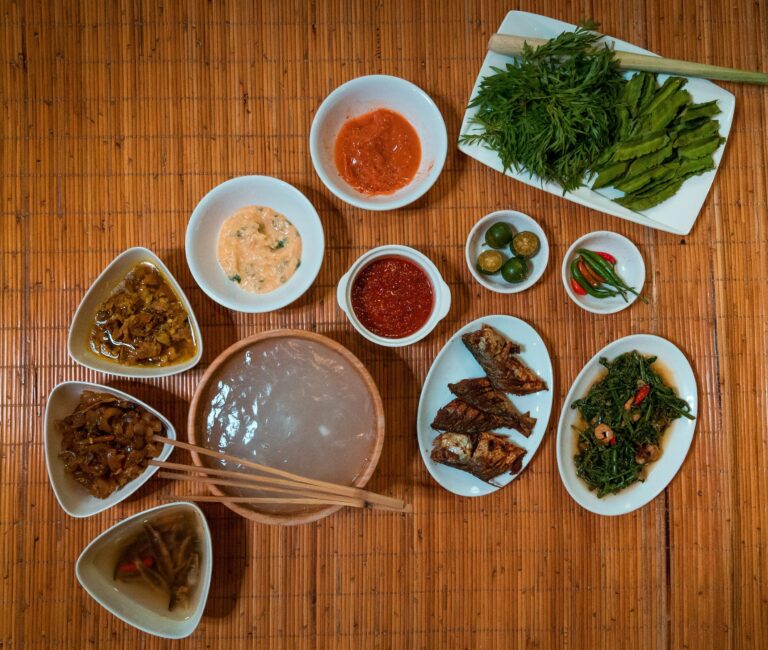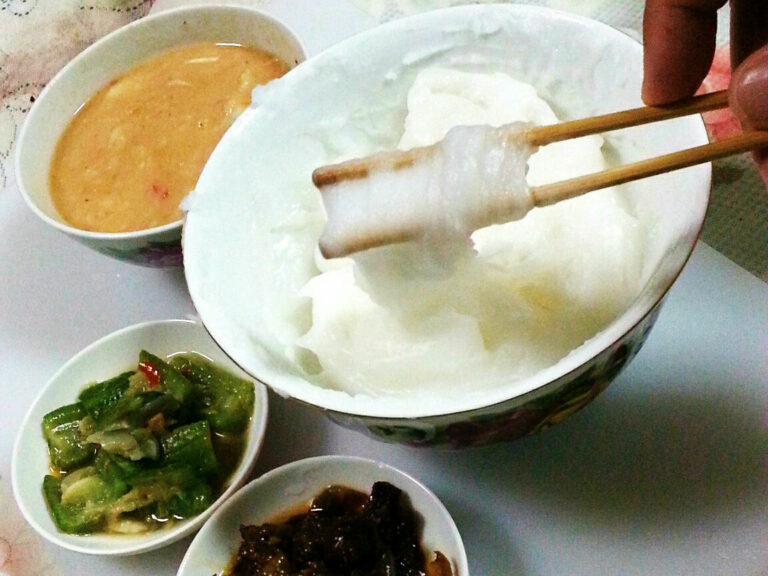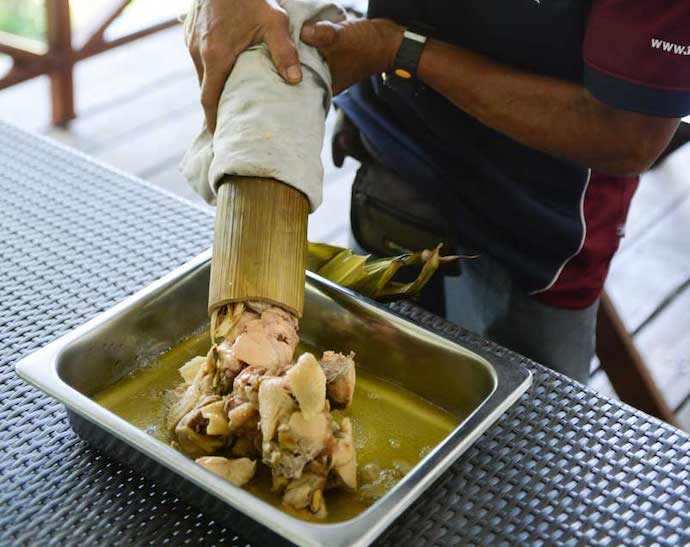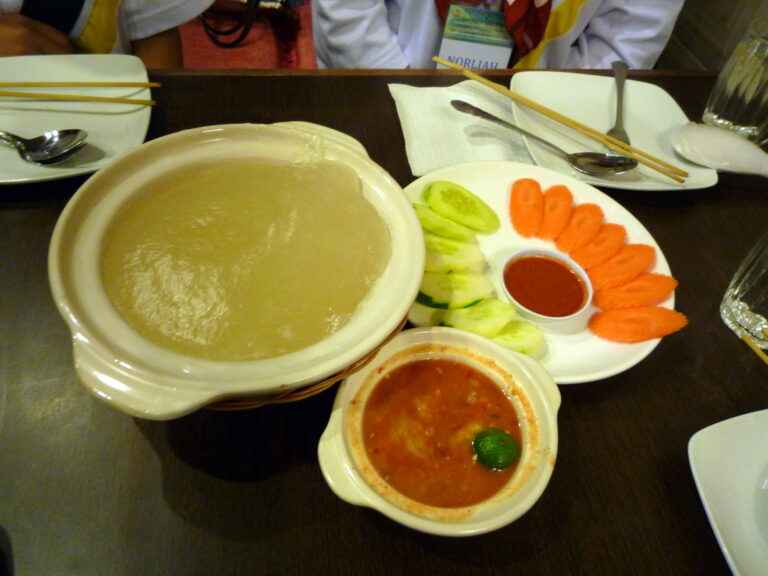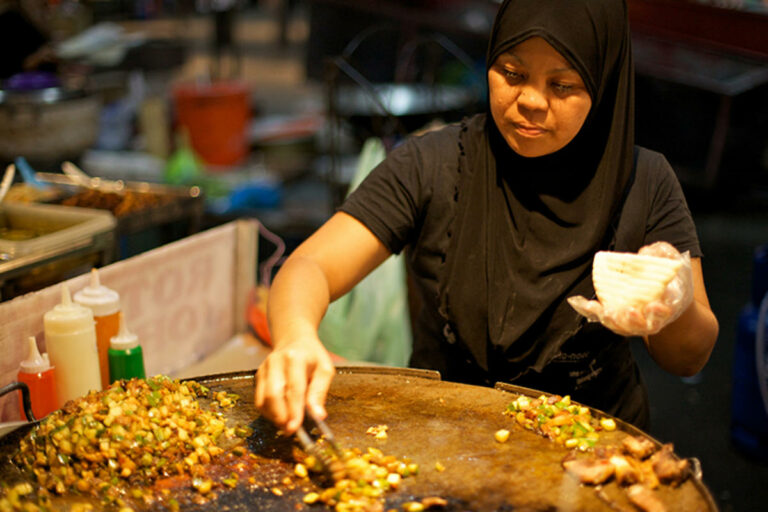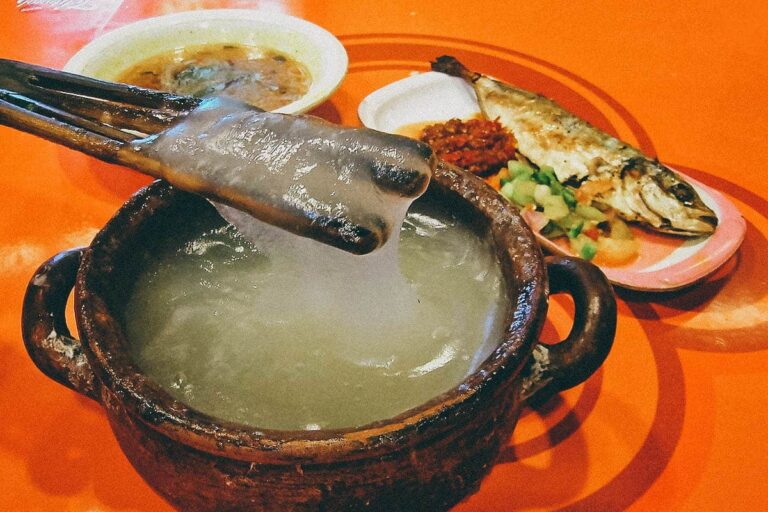Introduction: Bruneian Cuisine and Vegetarianism
Brunei is a small country located on the island of Borneo in Southeast Asia. The country’s cuisine has a unique blend of Malay, Chinese, and Indian influences, which can be seen in its dishes and flavors. However, for vegetarians, traveling to Brunei may pose a challenge as the cuisine is predominantly meat-based. Nevertheless, this does not mean that there are no vegetarian options in Bruneian cuisine. In this article, we will explore the vegetarian options in Bruneian cuisine and how to find them.
Understanding Bruneian Cuisine: What it Consists of
Bruneian cuisine is a blend of flavors and cooking styles from different ethnicities. The cuisine features an array of dishes that range from spicy curries to noodles and rice dishes. The most popular ingredients used in Bruneian cuisine are rice, noodles, seafood, chicken, beef, and lamb. The dishes are usually cooked with a combination of spices such as turmeric, cumin, coriander, and chili peppers, which give the food a rich and unique flavor.
Meat-based Dishes: A Staple of Bruneian Cuisine
Meat-based dishes are a staple in Bruneian cuisine. Some of the most popular dishes include rendang, a slow-cooked beef curry, satay, which is skewered grilled meat, and nasi lemak, a rice dish that is often served with chicken or beef. As the cuisine is primarily meat-based, it can be challenging for vegetarians to find options. However, with the growing trend of vegetarianism, more restaurants are starting to offer vegetarian options on their menu.
Vegetarian Options: Are There Any in Bruneian Cuisine?
Vegetarian options in Bruneian cuisine are limited. However, the cuisine does have some vegetarian options that are worth exploring. Traditional vegetarian dishes are available, and some restaurants are starting to offer modern vegetarian options. Vegetarian options mainly consist of vegetable curries, stir-fried vegetables, and tofu dishes. Although not as common as meat-based dishes, they are still an excellent alternative for vegetarians who want to experience Bruneian cuisine.
Traditional Vegetarian Dishes in Bruneian Cuisine
Traditional vegetarian dishes in Bruneian cuisine include sayur lodeh, a vegetable curry made with coconut milk, and acar, a spicy and tangy vegetable pickle. Another popular vegetarian dish is ulam, which is a platter of raw vegetables served with a spicy dipping sauce. These dishes are a great introduction to Bruneian cuisine and provide a taste of the traditional flavors.
Modern Vegetarian Options: Available in Bruneian Cuisine?
Modern vegetarian options in Brunei are starting to become more common due to the increasing trend of vegetarianism. Vegetarian burgers, pizzas, and sandwiches are becoming more available, and some restaurants are starting to offer vegetarian versions of traditional dishes. For example, nasi lemak, a rice dish traditionally served with chicken or beef, can now be found with tofu or tempeh as a substitute.
Dining Out in Brunei: Finding Vegetarian-Friendly Restaurants
Finding vegetarian-friendly restaurants in Brunei can be challenging. However, there are some restaurants that cater to vegetarians. These restaurants usually serve international cuisine, such as Italian or Indian, that has vegetarian options. Some restaurants are also starting to offer a separate vegetarian menu, which makes it easier for vegetarians to choose their meals.
Conclusion: Vegetarianism and Bruneian Cuisine – A Promising Future
In conclusion, while Bruneian cuisine is predominantly meat-based, there are still vegetarian options available. Traditional vegetarian dishes, such as sayur lodeh and acar, provide a glimpse into the unique flavors of Bruneian cuisine. With the increasing trend of vegetarianism, more restaurants are starting to offer vegetarian options, which is promising for the future of Bruneian cuisine. Vegetarians traveling to Brunei should explore these options and experience the flavors that Bruneian cuisine has to offer.

